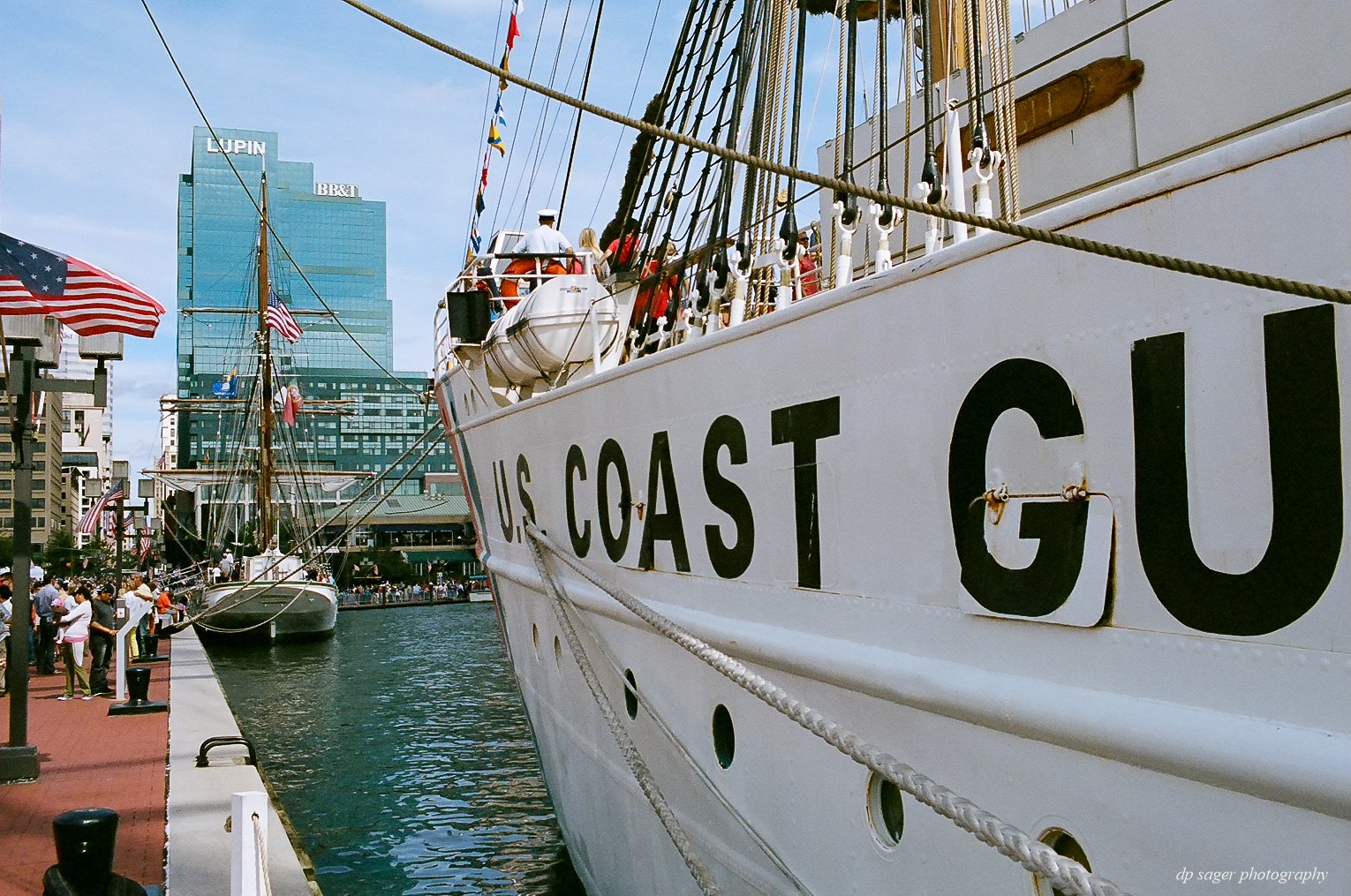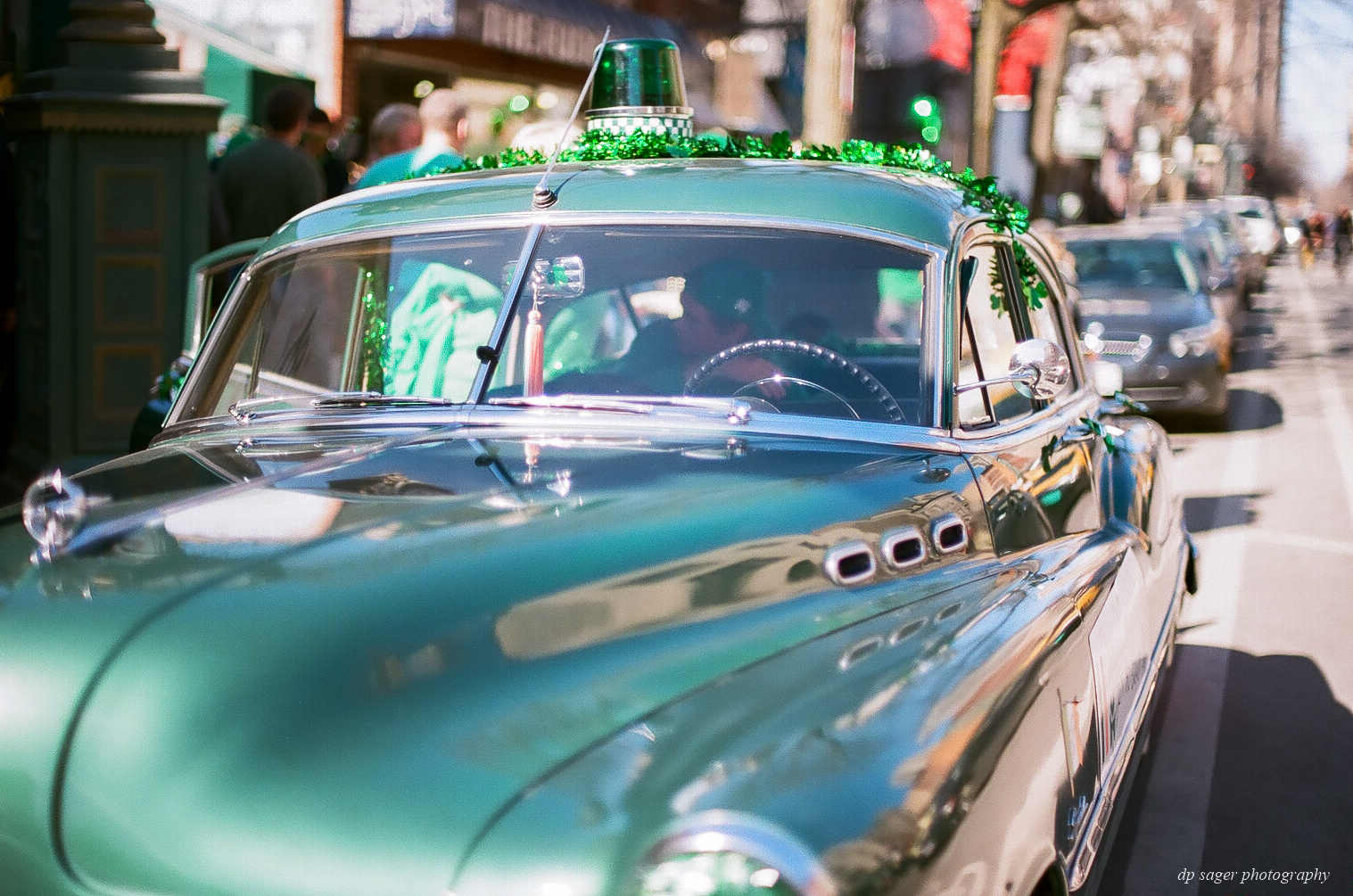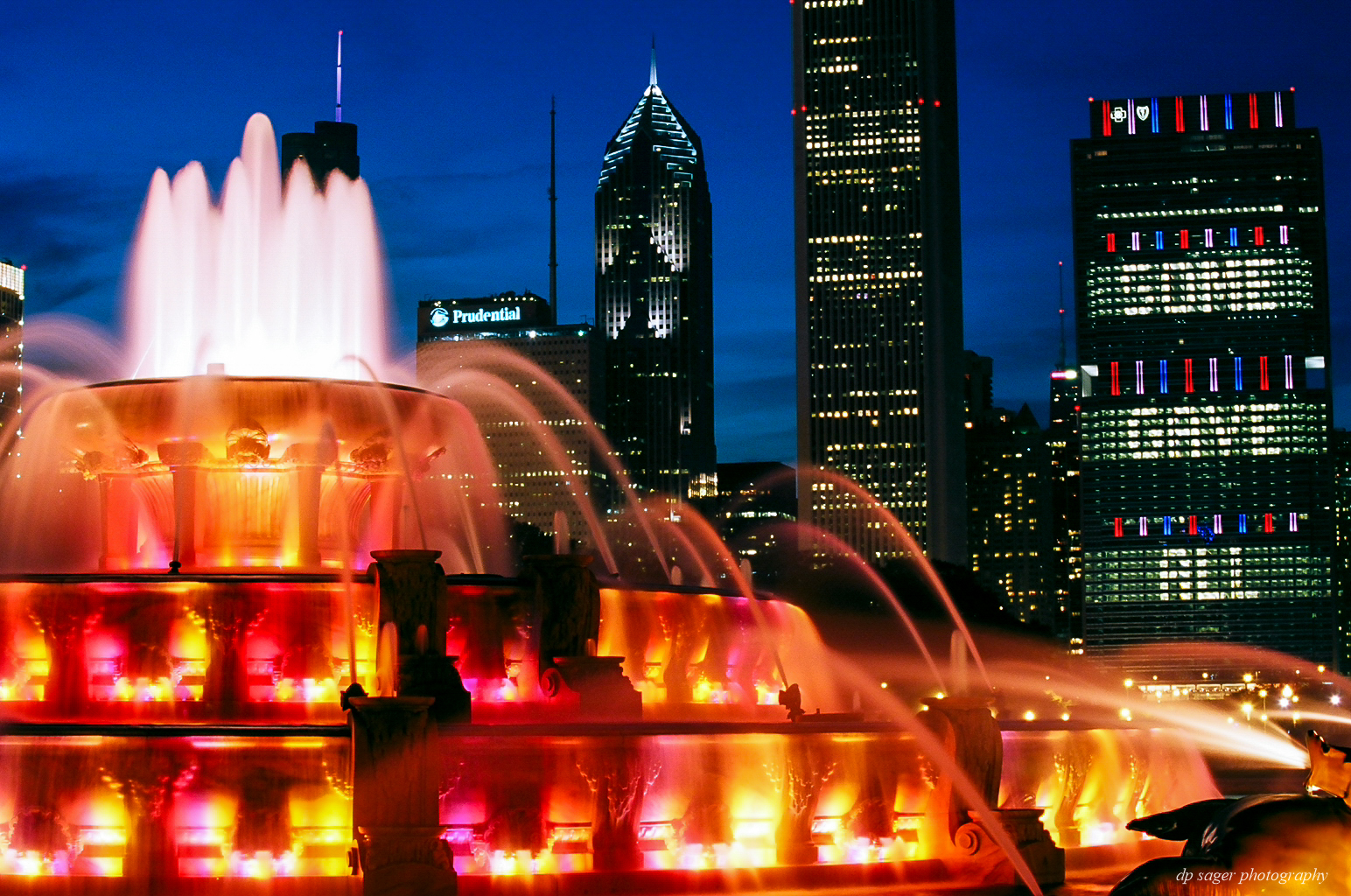Comparing film to digital - part II
Feb 16, 2019 23:33:39 #
I would like to read part I. Where do I find it. So happy to see this post. I recently commented on how angry I get about digital photography vs. film photography. Seems like the expertise of photography and these days " is how well versed the photographer is in post producing their work. Digital Photography is full of a lot of "CHEATING"! Whatever happened to "Skill" and the "Perfection of one's Photographic Expertise?"
Feb 16, 2019 23:46:41 #
LITTLEBIT wrote:
I would like to read part I. Where do I find it. So happy to see this post. I recently commented on how angry I get about digital photography vs. film photography. Seems like the expertise of photography and these days " is how well versed the photographer is in post producing their work. Digital Photography is full of a lot of "CHEATING"! Whatever happened to "Skill" and the "Perfection of one's Photographic Expertise?"
Keep in mind, LITTLEBIT, after the negatives are scanned, the files can be post processed as well.
 Although as JPEGs, there's less latitude on the processing options. At this point, I've now posted all 5 parts of the planned series. Here's a link to part V, and at the bottom of the post, there are links back to the other four topics. Thank you and glad you enjoyed!
Although as JPEGs, there's less latitude on the processing options. At this point, I've now posted all 5 parts of the planned series. Here's a link to part V, and at the bottom of the post, there are links back to the other four topics. Thank you and glad you enjoyed!https://www.uglyhedgehog.com/t-578826-1.html
Feb 17, 2019 02:25:48 #
Feb 17, 2019 04:56:10 #
Pablo8
Loc: Nottingham UK.
Why don't you go the whole - hog, and do the processing yourself, instead of getting a lab to do the constructive work on film images.?
Feb 17, 2019 06:04:37 #
CHG_CANON wrote:
Film can be purchased from a variety of sources. I... (show quote)
Paul, fantastic photos and the documentation of what makes up film is priceless. A High Five for sure.





Greg
Feb 17, 2019 13:55:21 #
CLF wrote:
Paul, fantastic photos and the documentation of what makes up film is priceless. A High Five for sure. 




Greg





Greg
Thank you Greg! My recent travels included 8-rolls and it seemed I had enough now to pull together a focused comparison. Glad you enjoyed.
Feb 17, 2019 13:57:27 #
Pablo8 wrote:
Why don't you go the whole - hog, and do the processing yourself, instead of getting a lab to do the constructive work on film images.?
I've done enough scanning Pablo8 to know the results are better from the professionals and their professional equipment. The developing even more so.
If you want to reply, then register here. Registration is free and your account is created instantly, so you can post right away.







